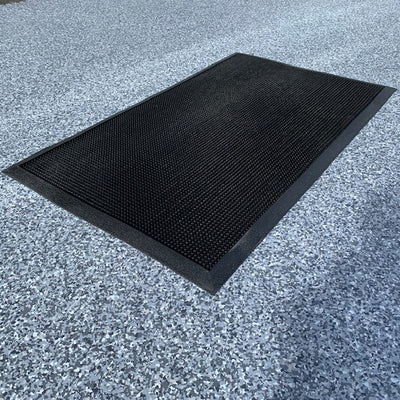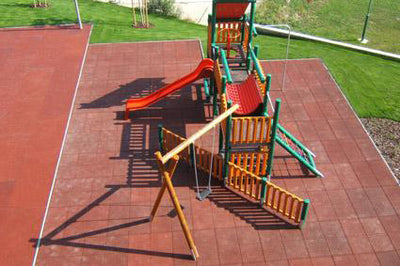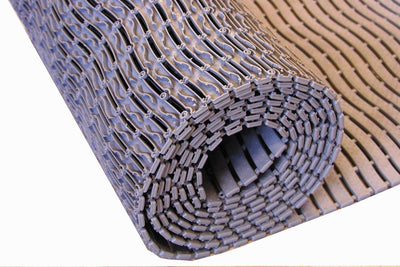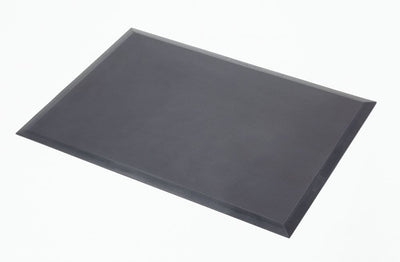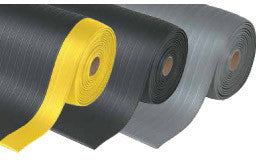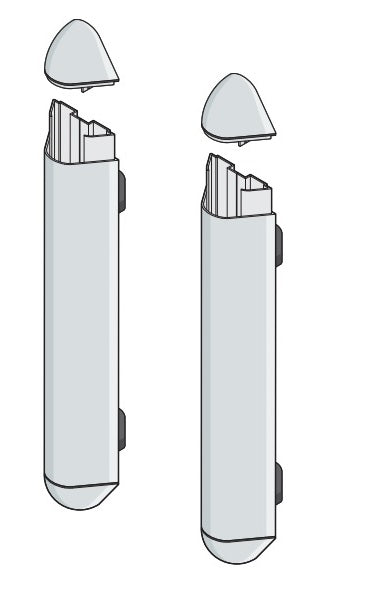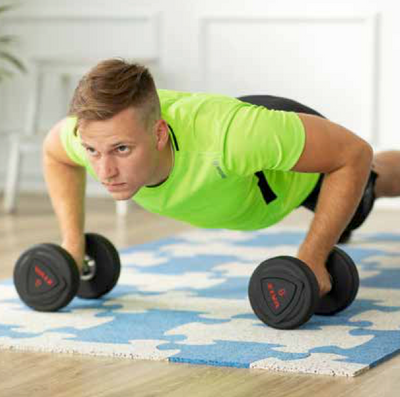Coir matting is certainly popular, but do you know…?
Share
Coir matting is hugely popular here in Ireland and abroad; it’s been around a long time, it’s a natural product (the pile is made from coconut fibres), and people are very familiar with it. It is also a great price point, and as a budget-friendly solution for low traffic areas (such as in domestic situations) it can be a good choice… but do you know that coir matting is compressible and that wheels from wheelchairs and prams can get caught in it?


For this very reason coir matting is not recommended for public areas in Ireland or the UK, because it can limit accessibility to the building. In the guidelines issued by DDA (Disability Discrimination Act) in the UK, and Good Practice Guidelines issued here in Ireland, it is recommended that an entrance mat is both flush and firm. As coir is compressible (and not rigid) it is not deemed suitable for any buildings accessible to the public and all current guidelines steer architects and designers away from coir matting, in favour of more heavy duty rigid modular or aluminium systems.
Coir also has a tendency to shed, and the fibers can clog vacuum cleaners - all of which can increase maintenance. Coir has lower absorbency and scraper capabilities than other entrance matting products, such as Milliken Obex matting, and it also tends to wear unevenly over the course of time and show up water marks on the fibers. Finally, coir rarely comes with a product warranty of any kind. All of the above makes coir a questionable choice for busy public buildings.

Example of how Coir can wear and stain in high traffic areas
Things to know when it comes to Coir:
- not considered wheelchair or pram friendly
- can become compacted over time
- tendancy to shed
- can clog vacuum cleaners
- lower performance compared to other popular matting products
- can wears unevenly over time
- shows up water marks easily
- no warranty


